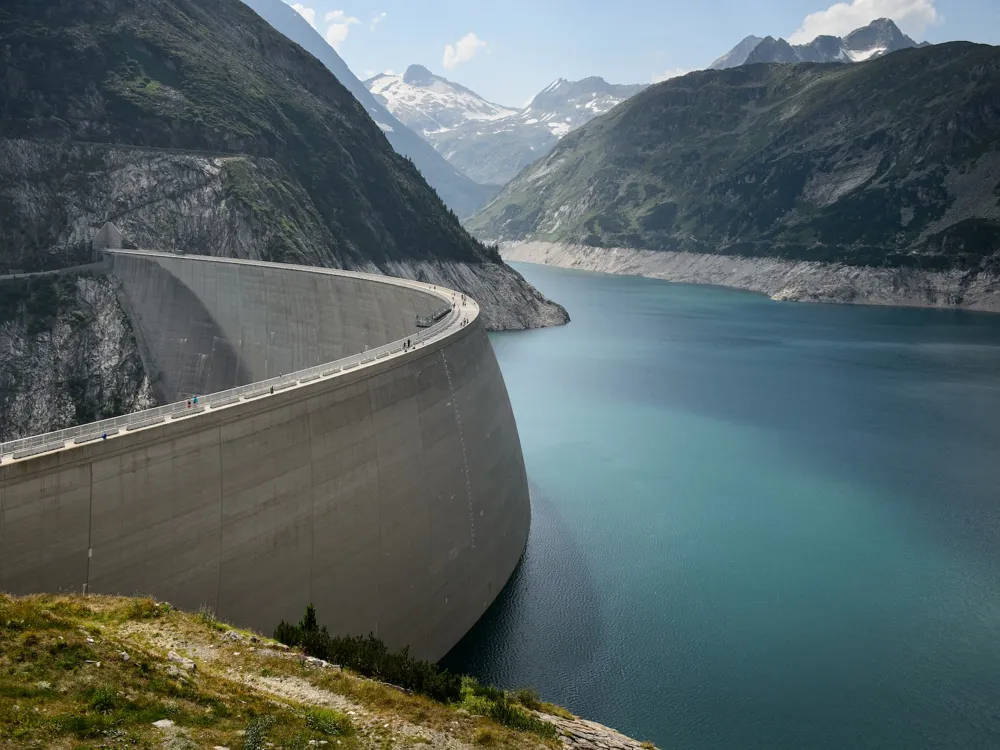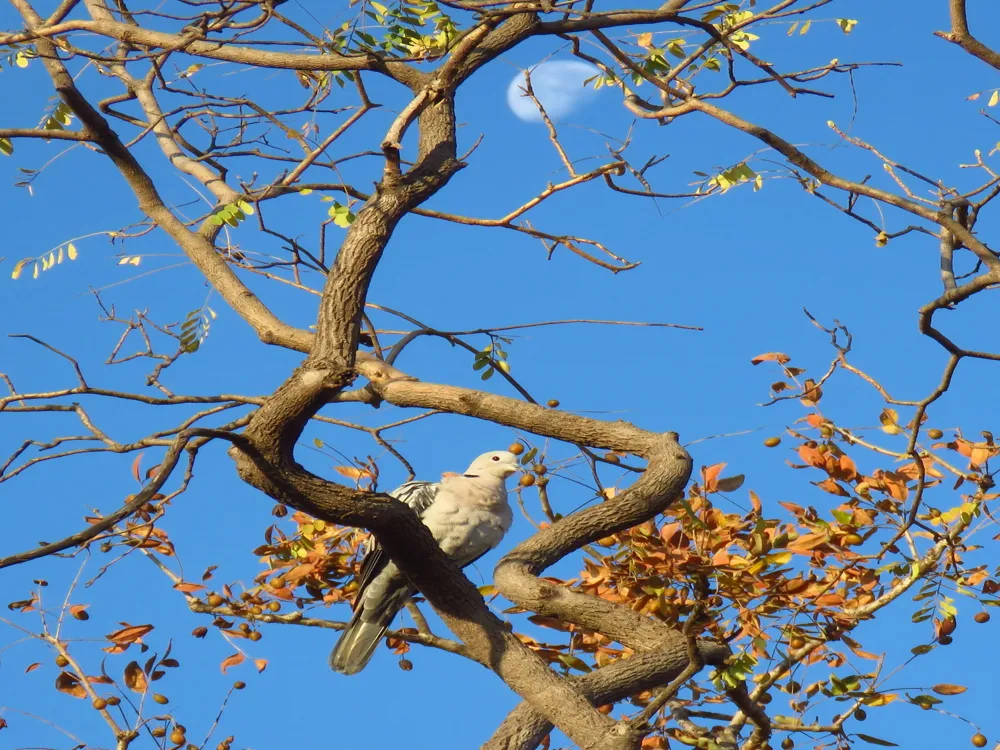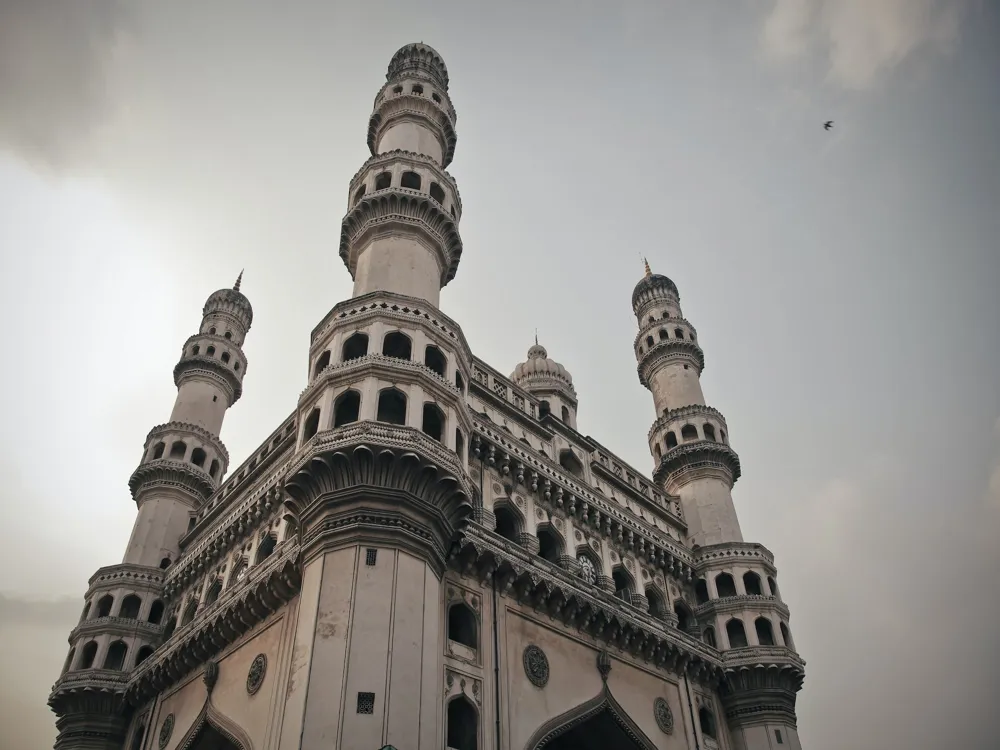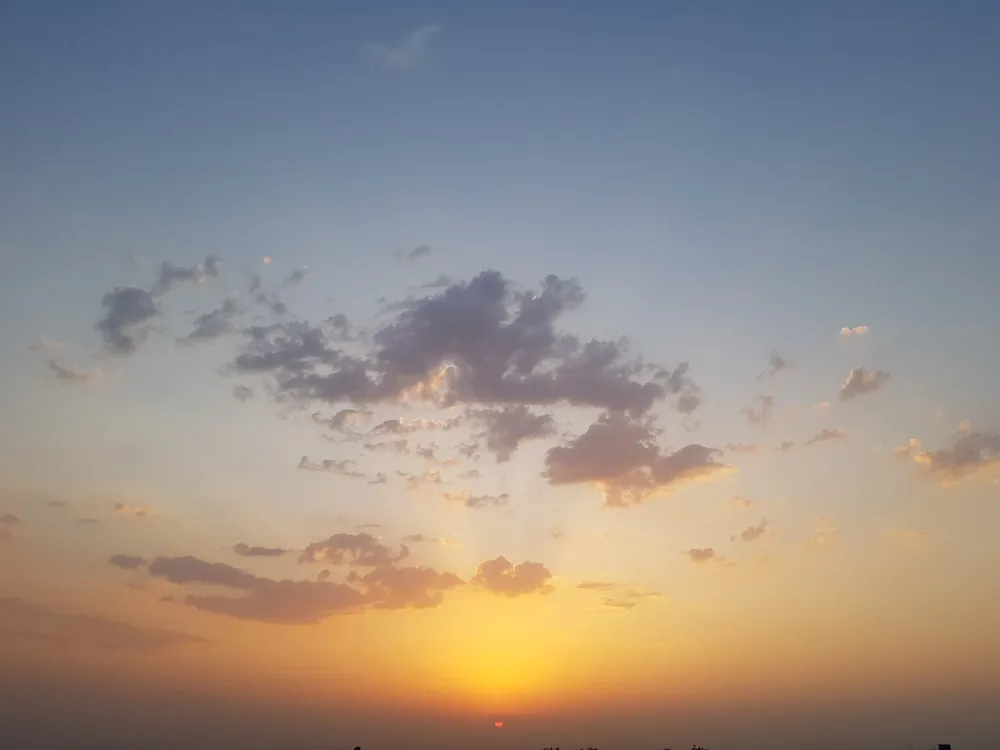It's advisable to plan your visit during the cooler months, preferably between October and March, when the weather is pleasant and wildlife sightings are more frequent. Ensure to check the sanctuary's timings and any specific visitor guidelines in advance. Opt for guided tours offered by the sanctuary. These tours are conducted by knowledgeable guides who can enhance your wildlife spotting experience and provide insightful information about the sanctuary's flora and fauna. For your safety and the well-being of wildlife, it's essential to stay within the designated areas and follow the marked trails. Venturing into restricted zones can be dangerous and is strictly prohibited. Read More:Overview of Kawal Wildlife Sanctuary in Adilabad, Telangana
The region's climate is for the most part tropical, with particular damp and dry seasons. The thick timbers of Kawal are, for the most part, composed of teak, bamboo, and other fleeting trees. This wealthy foliage underpins a distinctive range of natural life, such as the Indian panther, inert bear, sambar deer, chital, and Indian buffalo. It's not just the bigger warm-blooded creatures that capture the caller's eye; the asylum is additionally a heaven for birdwatchers, lodging a passionate cluster of avian species, counting the slate hornbill, Indian comber, and peafowl.
Kawal Natural life Asylum serves as an urgent preservation range, playing a noteworthy role in moderating the region's biological adjustment. It's portion of the' Venture Tiger' activity, pointed at guarding the uncovered Bengal barracuda. The sanctuary's endeavors towards preservation and feasible tourism have made it a show for natural life conservation in India.Architecture of Kawal Wildlife Sanctuary
The thick timbers are organized in layers, with the cover subcaste shaped by altitudinous trees like teak, bamboo, and Terminalia. This subcaste plays a basic part in directing the microclimate inside the timber and provides a specialty for multitudinous arboreal species. Underneath the cover, the understory comprises lower trees and bushes, an advertising haven, and nourishment for an assortment of animals. The timber foot is wealthy with rotting plant fabric, shaping a wealthy ground for multitudinous shops and microorganisms, completing the common armature of the ecosystem.
The water bodies inside the haven, counting canals and little lakes, include another measurement of its common armature. These submarine ecosystems are crucial for the survival of natural life and additionally contribute to the picturesque magnificence of the asylum. The banks of these water bodies, as often as possible, have a distinctive set of foliage and fauna, including the biodiversity of the locale.Tips for Visiting Kawal Wildlife Sanctuary
Plan Your Visit
Guided Tours
Stay Within Designated Areas
How To Reach Kawal Wildlife Sanctuary
For those driving from Hyderabad, the asylum can be reached through NH44, which could be a well-maintained open street advertising a beautiful drive. On your way, you'll pass through a diverse geology that sets the tone for the characteristic magnificence anticipating you at Kawal Wildlife Sanctuary
Kawal Wildlife Sanctuary
Adilabad
Telangana
NaN onwards
View adilabad Packages
Weather :
Label : Must Visit
Tags : Wildlife
Timings : Monday - Sunday: 6:00 AM - 6:00 PM (timings may change according to sunrise and sunset timings)
Time Required : 3-4 Hours
Entry Fee : Price varies according to Safari package chosen.
Planning a Trip? Ask Your Question
Adilabad Travel Packages
View All Packages For Adilabad
Top Hotel Collections for Adilabad

Private Pool

Luxury Hotels

5-Star Hotels

Pet Friendly
Top Hotels Near Adilabad
Other Top Ranking Places In Adilabad
View All Places To Visit In adilabad
Faq on Adilabad
What is Kawal Wildlife Sanctuary in Adilabad known for?
Kawal Wildlife Sanctuary in Adilabad is known for its rich biodiversity and as a haven for various species of flora and fauna, including the endangered tiger population.
How big is Kawal Wildlife Sanctuary in Adilabad?
Kawal Wildlife Sanctuary in Adilabad covers an area of approximately 893 square kilometers, making it one of the largest sanctuaries in Telangana, India.
What are the main attractions for visitors at Kawal Wildlife Sanctuary in Adilabad?
Visitors to Kawal Wildlife Sanctuary in Adilabad can enjoy wildlife safaris, bird watching, trekking, and nature walks amidst the serene surroundings of the sanctuary. The sanctuary is also home to a variety of wildlife species, including tigers, leopards, sloth bears, wild dogs, and numerous bird species.
Are there any accommodations available near Kawal Wildlife Sanctuary in Adilabad?
Yes, there are accommodations available near Kawal Wildlife Sanctuary in Adilabad ranging from budget guesthouses to luxury resorts, offering visitors a comfortable stay while exploring the sanctuary and its surroundings.
What are the best times to visit Kawal Wildlife Sanctuary in Adilabad?
The best time to visit Kawal Wildlife Sanctuary in Adilabad is during the winter months (October to February) when the weather is pleasant, and wildlife sightings are more frequent. However, the sanctuary can be visited throughout the year, with each season offering a unique experience.
View adilabad Packages
Weather :
Label : Must Visit
Tags : Wildlife
Timings : Monday - Sunday: 6:00 AM - 6:00 PM (timings may change according to sunrise and sunset timings)
Time Required : 3-4 Hours
Entry Fee : Price varies according to Safari package chosen.
Planning a Trip? Ask Your Question
Adilabad Travel Packages
View All Packages For Adilabad
Top Hotel Collections for Adilabad

Private Pool

Luxury Hotels

5-Star Hotels

Pet Friendly
Top Hotels Near Adilabad
Other Top Ranking Places In Adilabad
Faq on Adilabad
What is Kawal Wildlife Sanctuary in Adilabad known for?
Kawal Wildlife Sanctuary in Adilabad is known for its rich biodiversity and as a haven for various species of flora and fauna, including the endangered tiger population.
How big is Kawal Wildlife Sanctuary in Adilabad?
Kawal Wildlife Sanctuary in Adilabad covers an area of approximately 893 square kilometers, making it one of the largest sanctuaries in Telangana, India.
What are the main attractions for visitors at Kawal Wildlife Sanctuary in Adilabad?
Visitors to Kawal Wildlife Sanctuary in Adilabad can enjoy wildlife safaris, bird watching, trekking, and nature walks amidst the serene surroundings of the sanctuary. The sanctuary is also home to a variety of wildlife species, including tigers, leopards, sloth bears, wild dogs, and numerous bird species.
Are there any accommodations available near Kawal Wildlife Sanctuary in Adilabad?
Yes, there are accommodations available near Kawal Wildlife Sanctuary in Adilabad ranging from budget guesthouses to luxury resorts, offering visitors a comfortable stay while exploring the sanctuary and its surroundings.
What are the best times to visit Kawal Wildlife Sanctuary in Adilabad?
The best time to visit Kawal Wildlife Sanctuary in Adilabad is during the winter months (October to February) when the weather is pleasant, and wildlife sightings are more frequent. However, the sanctuary can be visited throughout the year, with each season offering a unique experience.






















